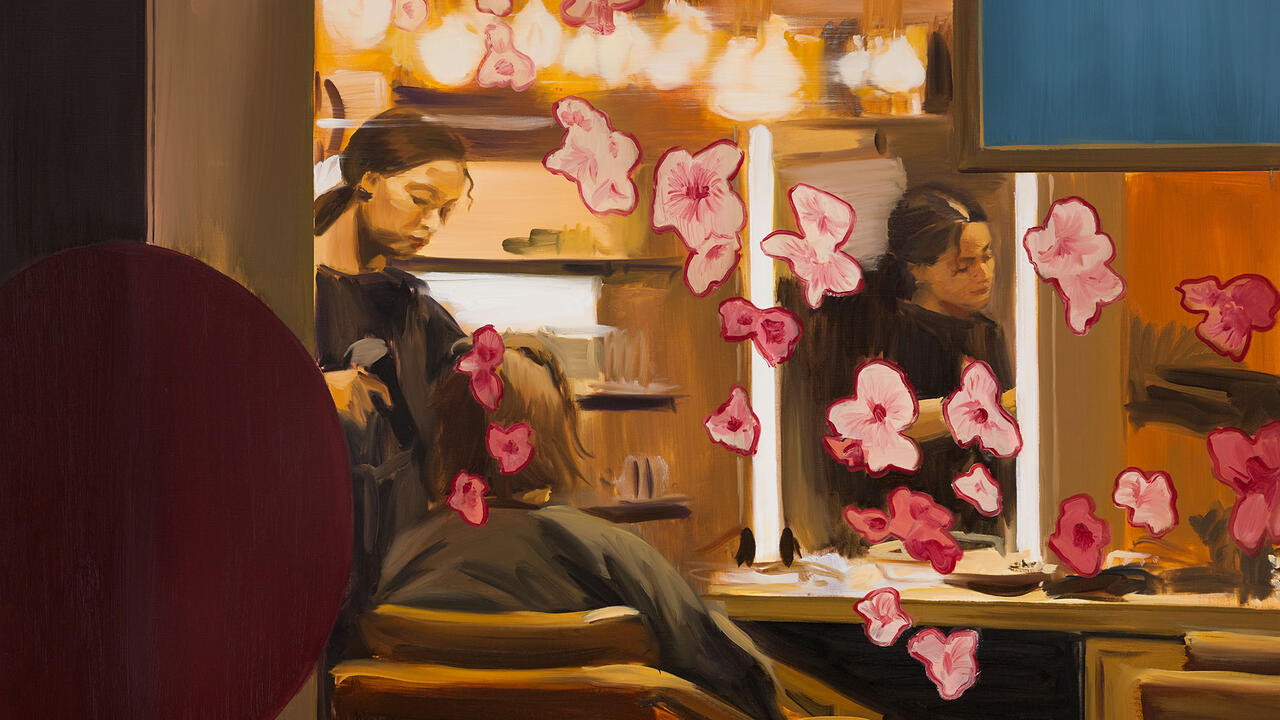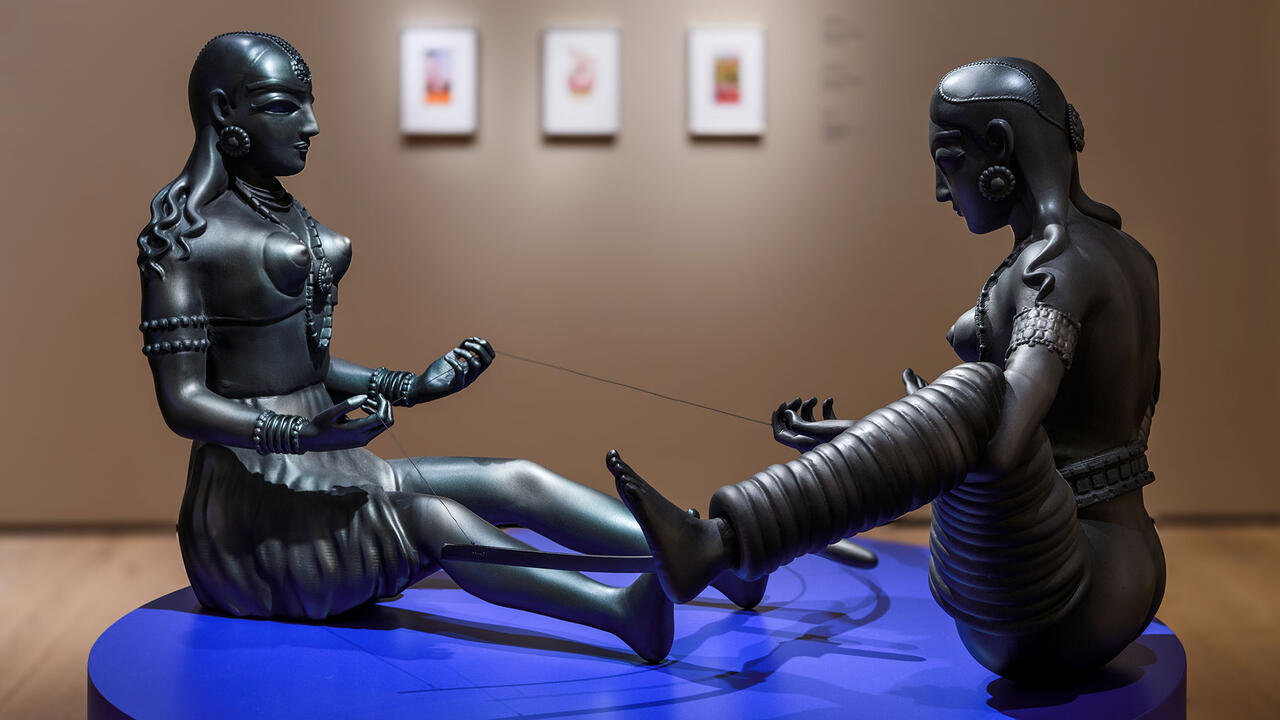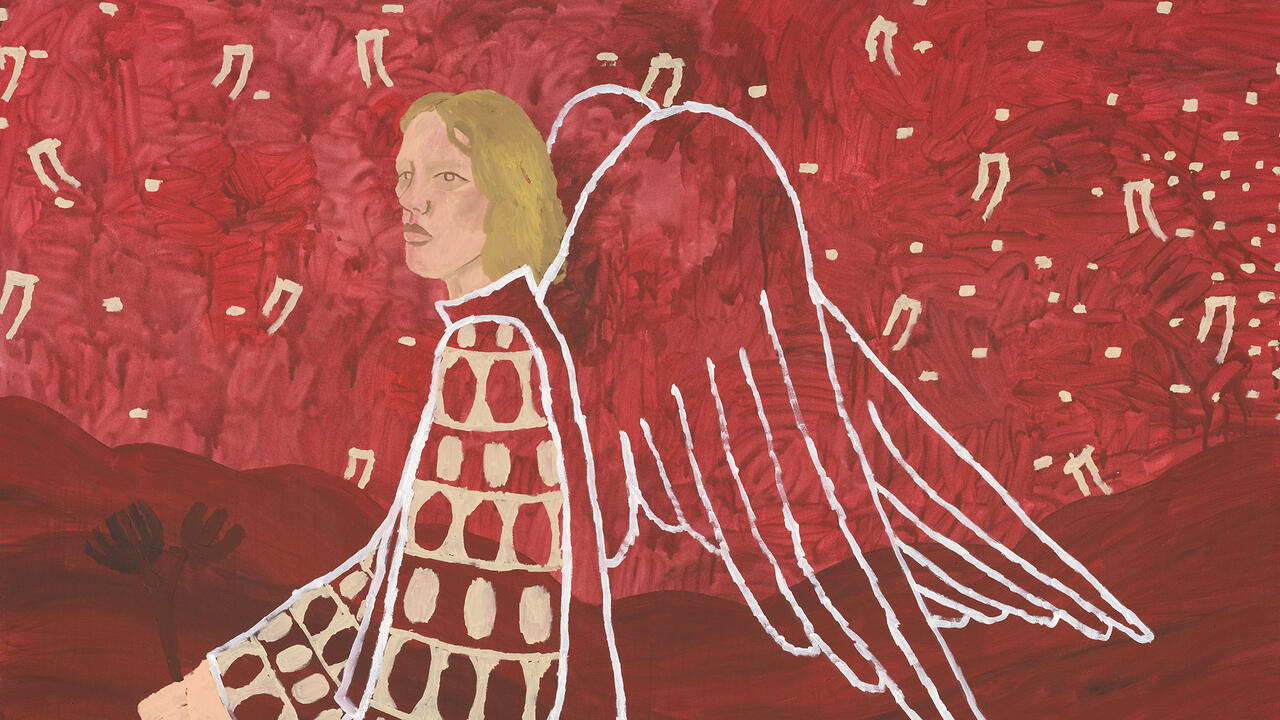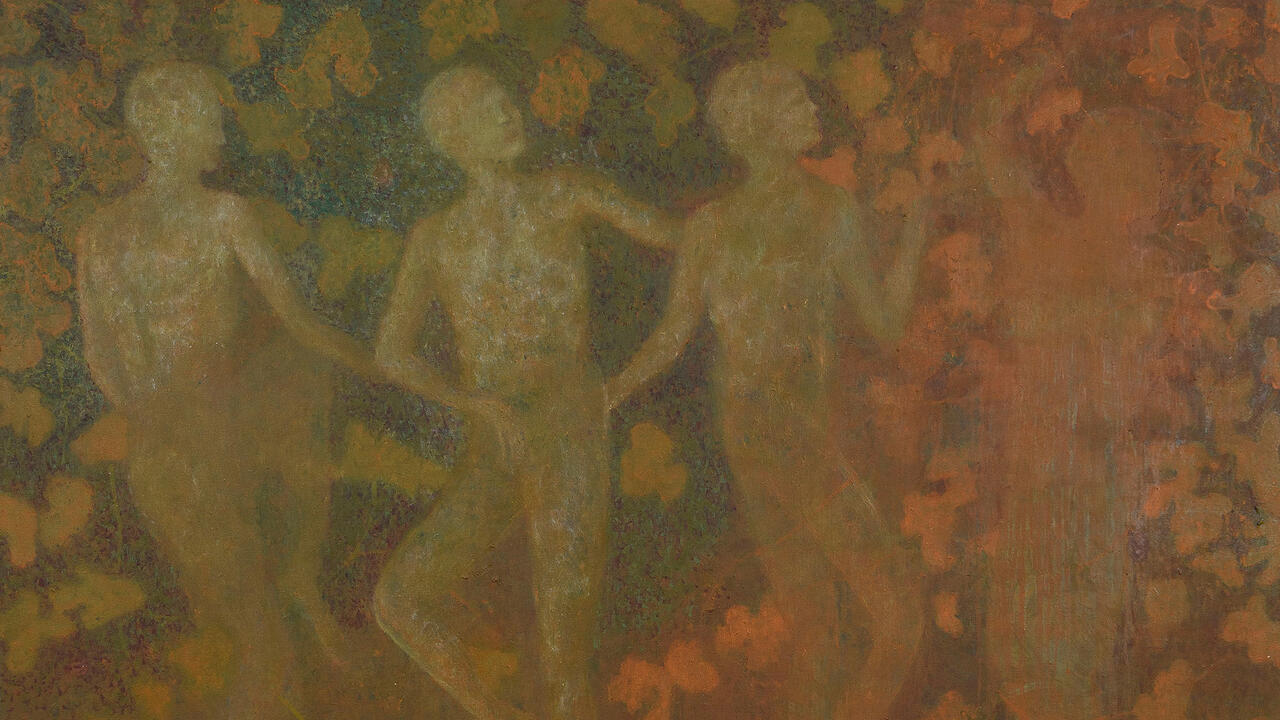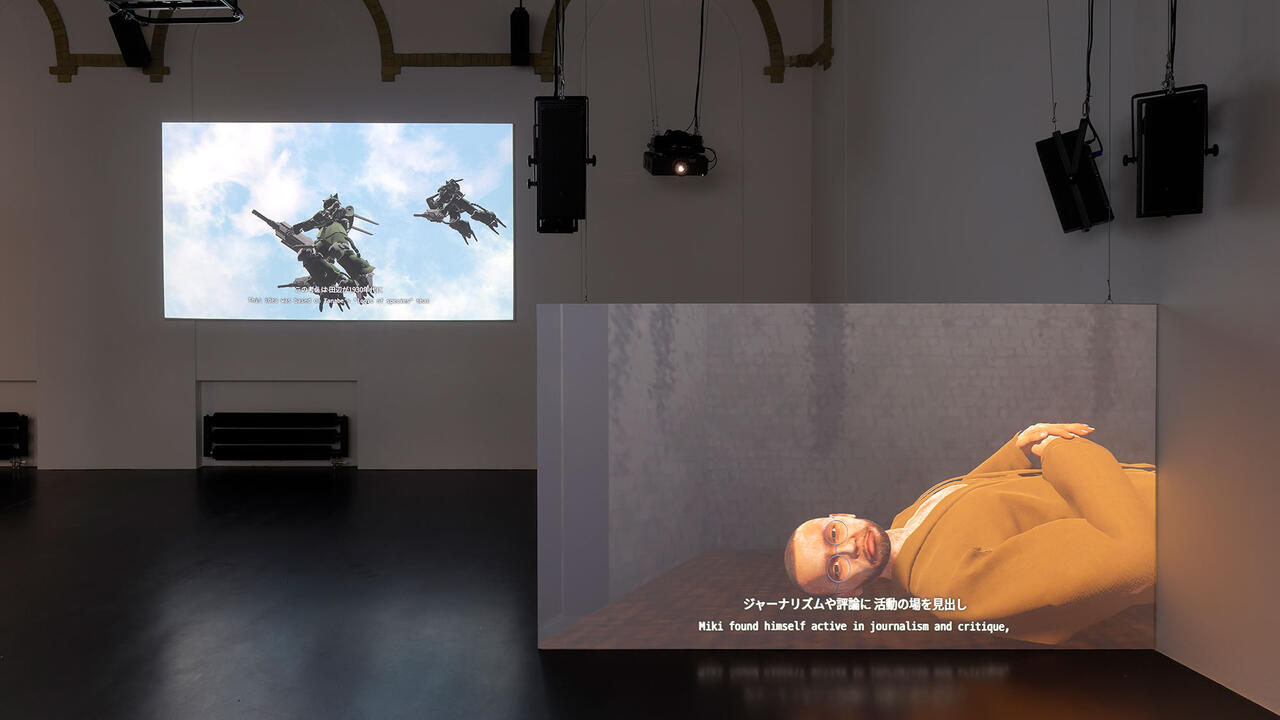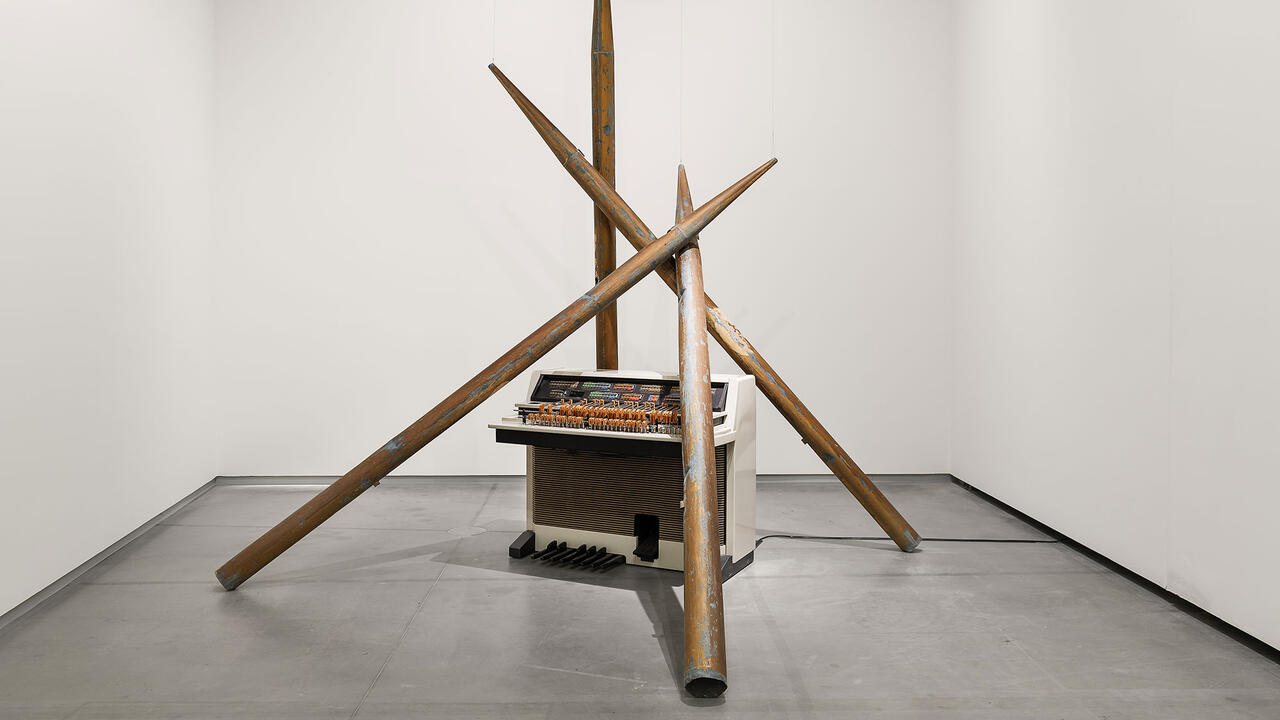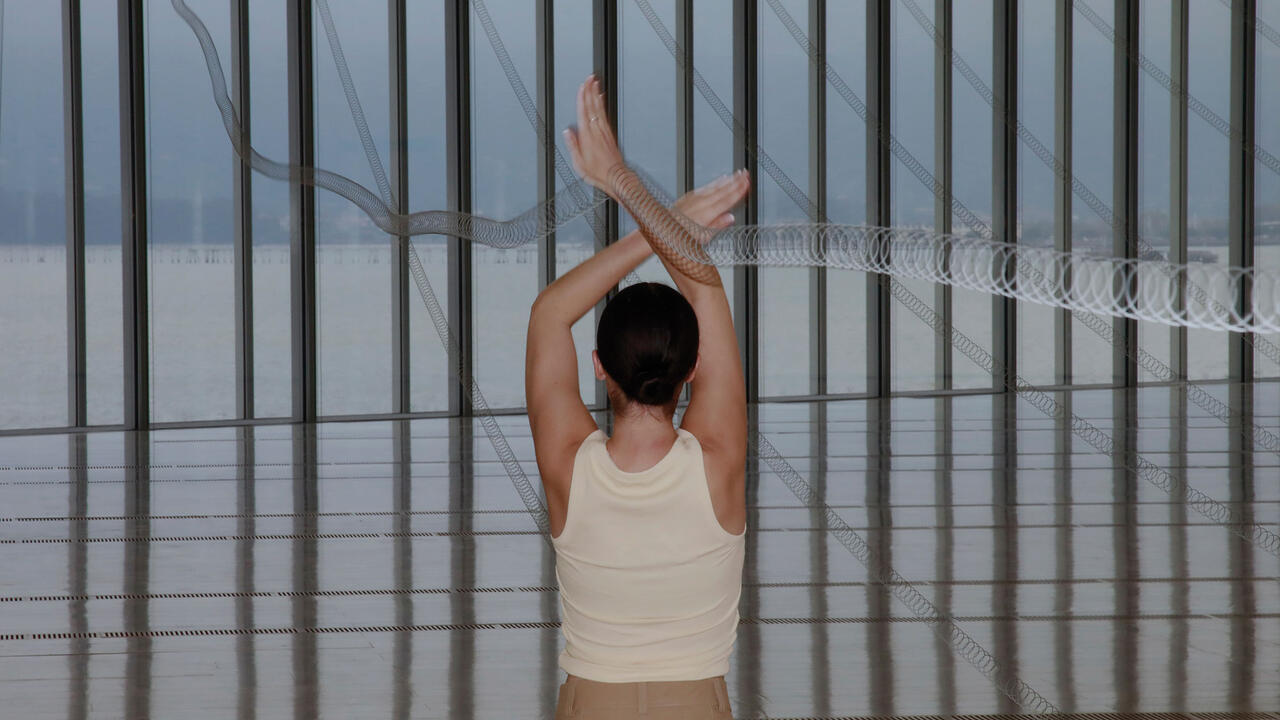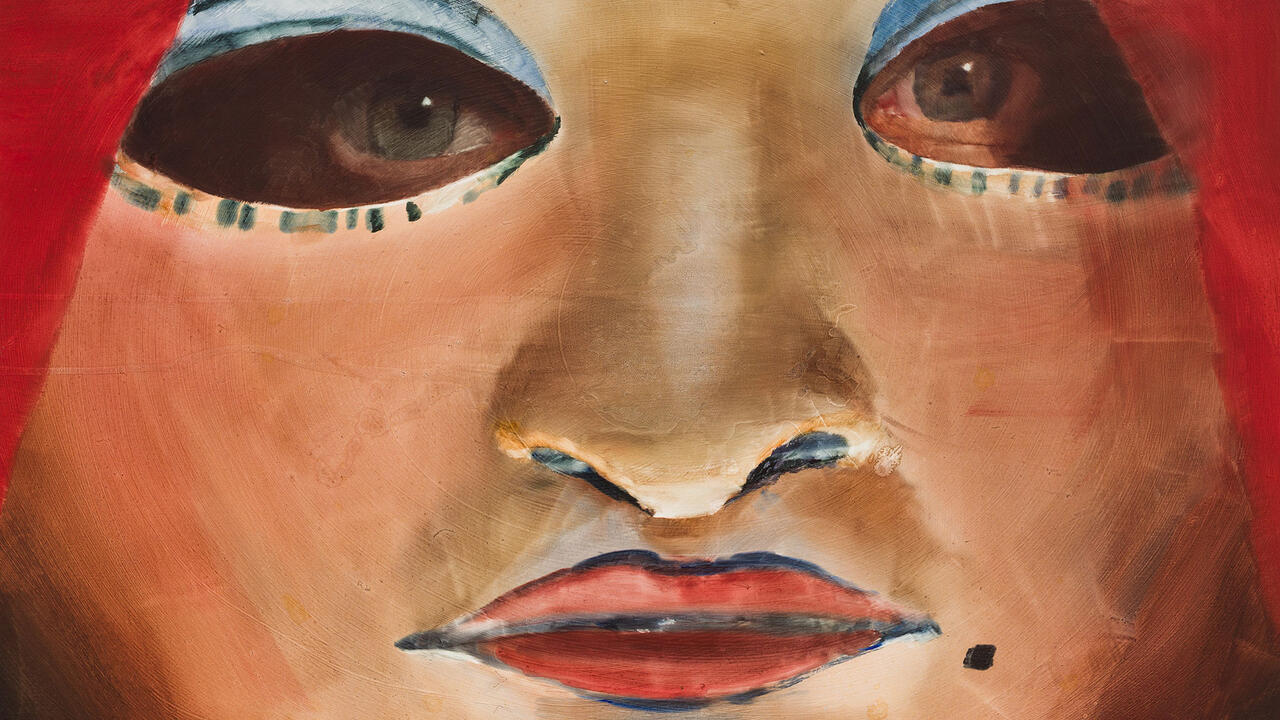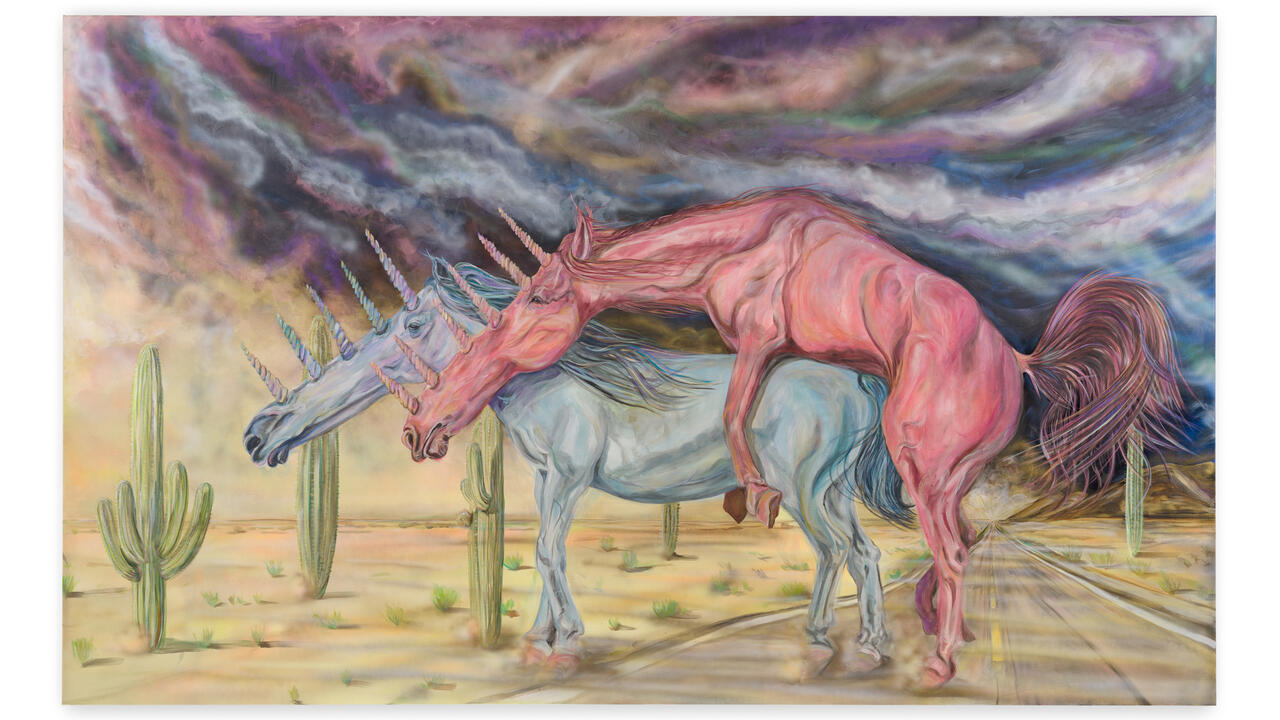Mark Bradford Puts Menorca on the Map
For the inaugural exhibition at Hauser & Wirth’s island outpost, the artist has created a new series of paintings and sculptures that span from the European discovery of the New World to racialized urban zoning
For the inaugural exhibition at Hauser & Wirth’s island outpost, the artist has created a new series of paintings and sculptures that span from the European discovery of the New World to racialized urban zoning

Titled ‘Masses and Movements’, Mark Bradford’s exhibition inaugurates Hauser & Wirth’s latest addition to its globe-spanning gallery empire, in the outbuildings of a former 18th-century hospital on Illa del Rei, an islet in the port of Maó, the diminutive capital of the island of Menorca. Yet, the new outpost’s somewhat unlikely remote location belies the dynamics of power, conquest and influence that have flowed for centuries around Menorca’s strategically advantageous pin on the Mediterranean’s naval map. Consisting of 16 intricately textured works on canvas, an installation of globes and a two-part mural, Bradford fittingly deals both literally and metaphorically with expansion into uncharted waters.

The exhibition’s central motif is the 1507 Waldseemüller world map, the first to depict a landmass in the far reaches of the Atlantic and to name it America. Lines of latitude and longitude drawn with caulk arc across the scarified canvases – made using Bradford’s characteristic technique of gouging out and sanding away encrusted layers of glued paper – at times recalling the boundaries of African nations, riverbeds, roads or windrose lines, the web-like networks of early navigational charts. Bones and Their Makers (all works 2021) is a brooding nocturne of leaden greys, caustic blacks and fragments of crooked continents formed by two panels originally intended as individual horizontal works. Jammed together to make a diptych, its central joint reads like a tectonic plate boundary, or a fold in a strange, stratified atlas of ashes and scrimshaw – whale teeth decoratively etched by sailors in the 1800s.

With an understated trail of clues laid by their titles, Bradford’s paintings span from the European discovery of the New World, settler colonialism and the trade of enslaved peoples to the American Civil War and racialized urban zoning. Four works are named after chapters of a biography of Thomas-Alexandre Dumas, a man born into slavery in 1762 in present-day Haiti who rose to become a swashbuckling general in the French army. With fragments of comics appearing among their masses of décollage, The Bottom of the Revolution and Sugar Factory seem to work over the same detail of the Waldseemüller map – or else one emulates the other, as if a bootleg copy. In contrast, The Price of Disaster appears to zoom far out, giving the impression of a planet moored in inky space. Its cacophony of colours recalls infrared satellite images used to monitor habitat loss and climate change, while its title points to W.E.B. Du Bois’s analysis, in Black Reconstruction in America (1935), of America’s failure to take account of the legacies of slavery.
Hanging in a row from the ceiling, Spatial Equity comprises seven black-and-gold paper globes of increasing size, as if Bradford were compelled to repeatedly create an ever ‘bigger picture’ of world affairs. Yet, an untitled mural in an adjacent gallery is a cosmic retort to purely terrestrial paradigms. Painted on and scratched out of the walls, it juxtaposes the attenuated form of America on the 1507 map with a phrase that summarizes the then-impending revolution in astronomy: ‘IN THE CENTER RESTS THE SUN’, a reference to Nicolaus Copernicus’s realization that the sun, not the Earth, was the centre of the universe.

‘Paintings are only details,’ the artist remarked at the exhibition’s preview, while connecting the curfews following the 1992 Los Angeles uprising to the uncanny sense of being outside during COVID-19 lockdowns, and how it might have felt to navigate into unknown seas in the 16th century. In his 2010 essay ‘Amsterdam Is Standing on Norway’, the environmental historian Jason W. Moore draws on a nautical metaphor to evoke the manoeuvres needed to unravel the epochal transformations of the early-modern world – and how it shaped our own – without becoming mired in particularisms: dialectical tacking. Likewise, Bradford’s ‘Masses and Movements’ manages to sail into the wind of expansive and enduring questions while literally only scratching the surface.
Mark Bradford's ‘Masses and Movements’ is on view at Hauser & Wirth Menorca until 31 October 2021.
Main Image: Untitled (detail), 2021 mixed media installation, dimensions variable. Courtesy: the artist and Hauser & Wirth; photo: Stefan Altenburger









